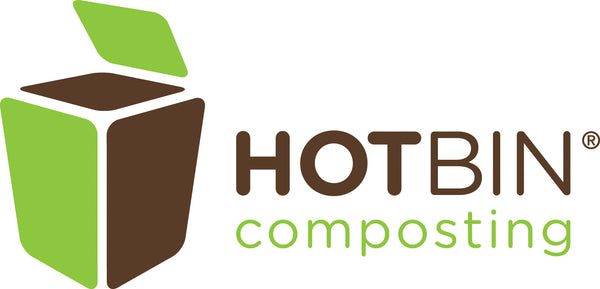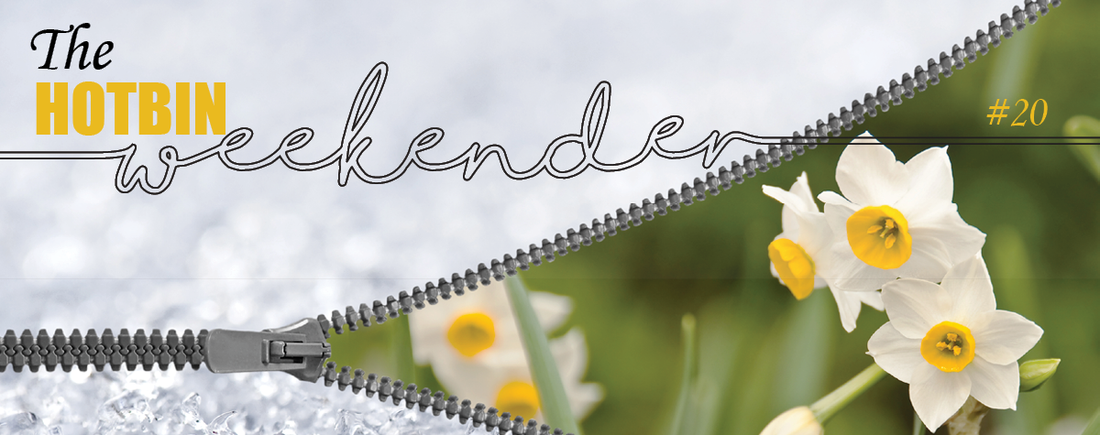Based on our calendar, there are 28 more days until spring. If you haven’t started your composting pile, you still have time to start and have it ready for the upcoming spring planting season. Compost helps facilitate a steady flow of nutrients and moisture to plants and flowers. Furthermore, compost improves soil structure, which produce healthier lawns and gardens.
When to add compost to a garden?
Early March is a good time to dig your plant beds lightly with a rake and add compost to the soil before you start spring planting. If you add compost to your garden soil, you don’t have to worry about applying fertilize elixirs to your beds to cultivate healthy plants.
How much compost is needed?
Each geographical region is different… However…
- Northeast or Midwest of the United States and Canada
On cooler regions as the Northeast and Midwest of the USA and Canada, there is one major growing season from late spring to early fall and, you should apply compost once a year. The soil will partially decompose on empty beds in the fall before the ground freezes, and through the winter. Nutrients on soil will be readily awaiting for your spring planting.
- South or Southwest United States
If you live on states where a warm climate offers year-round gardening, you need to add compost twice per year to accommodate two distinct growing seasons — one cool and one warm — with different annual flowers, vegetables, and herbs planted and thriving in each period.
During the cooler season (mid-September through April), add compost in late August or early September. On the warm season (mid to late February through March) add compost before the spring planting season. Because the ground never freezes in warmer climates, soil microbes are working year-round, nurturing through organic matter faster than in cooler regions.
Starting new garden beds?
It is recommended before you start planting) to determine if the soil is organically rich. Light-colored soil are not rich in organic matter, whereas dark brown and black are. To soils with limited organic matter, add 4”to 6” of compost before each planting season. However, on plentiful organic matter soils, 1” to 3” of fresh compost before each season will do.
Another soil characteristic to take in consideration is how compacted or loose is the soil. If soil is loose and drains readily, you can layer compost on top of the soil and dig it 6 inches in depth. If the soil is compacted and drainage is poor, dig-in to loosen the soil to a depth of 12 inches and add a layer of compost on top of 6-12 inches deep.
Composting at School Programs
We are starting to receive a good amount of interest from education professionals that are looking to include ‘composting’ to middle school and high school science curriculum.
Composting can be a rich source of project-based learning, with topics and activities that can engage students’ curiosity at all levels. For instance, teaching to throw a banana peel on a composter as opposed to a trash bin and understand the difference, can not only grab student’s attention, but foster changes in behaviors.
Using composting as a springboard for learning provokes essential questions that can lead to deep investigation. How do things decompose? Why composting piles stinks? Why composting is good for the environment? And most importantly… why don’t more people compost to divert as much as 50% of the waste it’s sent to landfills.
If you are an educational professional interested in starting a composting program at your school, email us at mailto:community@hotbincomposting.com. We would like to hear more about ideas and find ways of collaborating.
Why is compost considered better than chemical fertilizers?
The predominant reason relies in the fact that compost is made from natural materials and fertilizer are made from synthetic products. While numerous types of fertilizers can be an effective way to quickly amend soil to grow healthy plants, compost consists of decomposed organic matter that enhances the soil with nutrients and microbes. Furthermore, the decomposed material feeds the organisms and helps to aerate the soil and keep it moist.
Compost produced by hot composting is not only faster than other composting methods, but it reduces the risk of having decayed matter not breaking down enough to kill soil-borne pathogens that might infest healthy plants. Composting at high temperatures of 130°F–150°F kills most weed seeds and pathogens (disease organisms) (Zabroski 2015).
Once the hot phase is complete, lower temperature bacteria along with fungi, worms, insects, and other organisms complete the decay process.
Don't miss $25 Off your favorite HOTBIN through Feb 21st. Use discount code PRESIDENTS-DAY at checkout!
